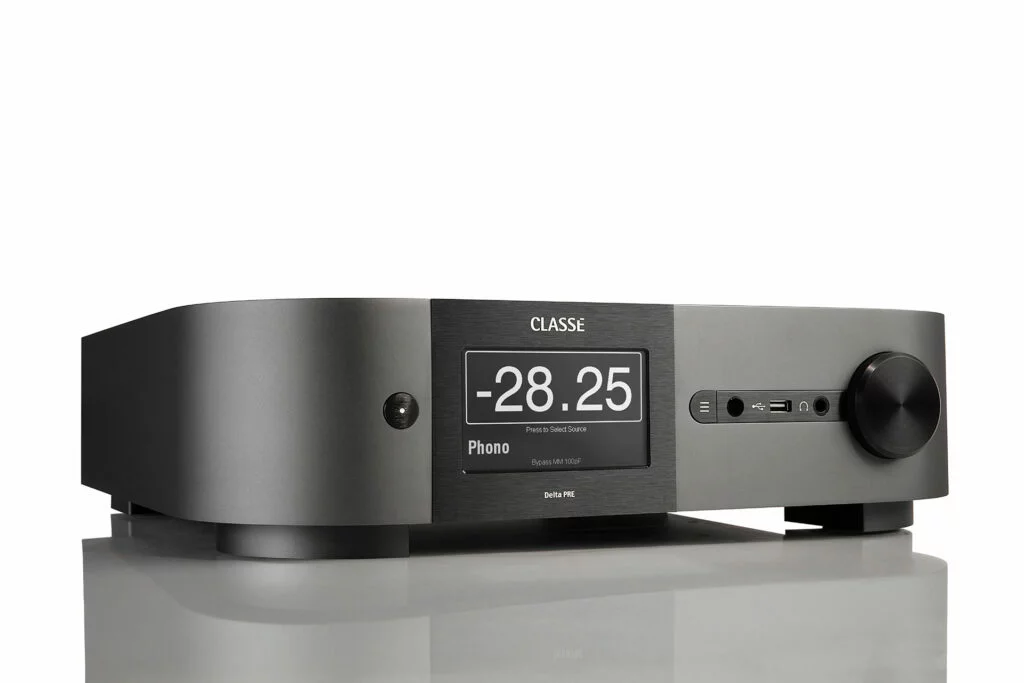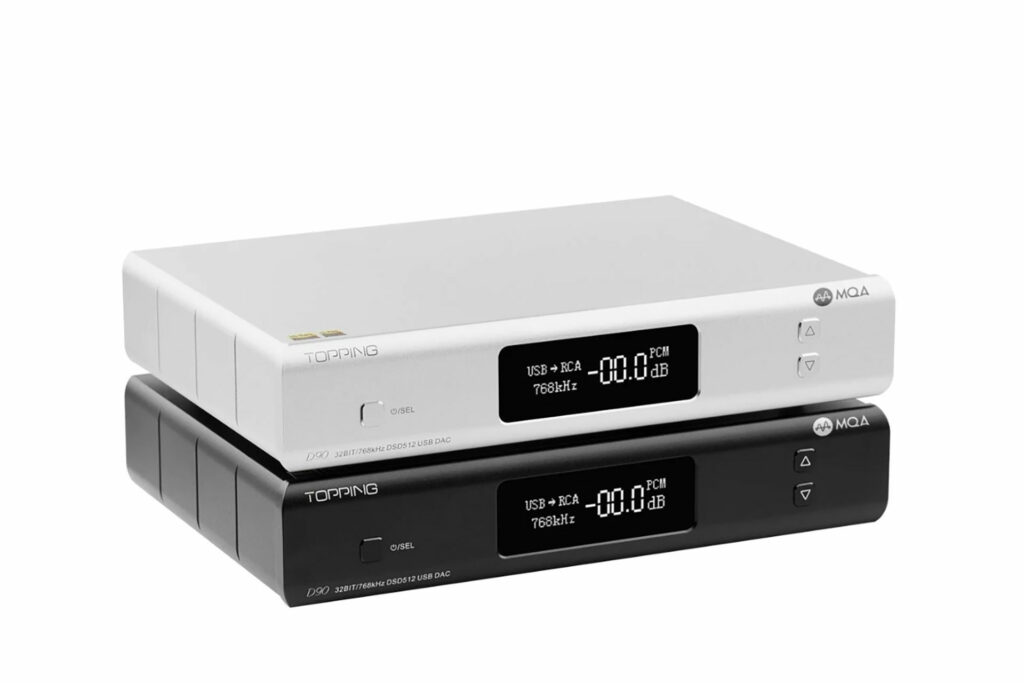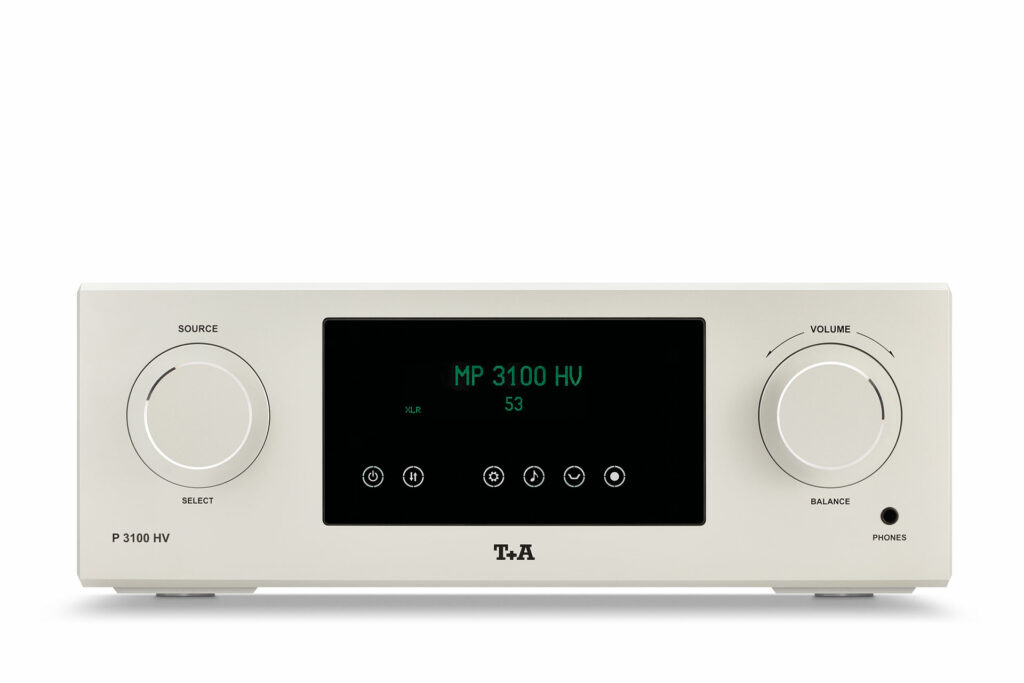Conventional wisdom and, frankly, common sense tells us the shortest distance between two points is a straight line. If you wanted to travel from one city to another several hundred miles away, you’d simply look at the map and pick out the most direct route. Really good audiophile systems also tend to ascribe to the shortest path between two points theory and for good reason. One popular method to accomplish said system synergy is by the elimination of a preamp and the connection of the power amp directly to a modern DAC. These days, there are very few audiophile DACs without some permutation of volume attenuation and modest input switching so it begs the question – why do I even need a dedicated stereo preamp in my digital front-end-only system?

Could Ditching a Standalone Stereo Preamp Offer Some Real Audiophile Advantages?
“Fewer cooks in the kitchen probably won’t spoil the stew,” and, in our hobby, the popular theory is, with fewer components comes better sonics. Let’s face it, when moving an audio signal, itself a simple electrical charge, the more boxes in the path and the more boxes there are, all trying to do something to the signal, the chances that sonic quality will become reduced, not improved, become more prevalent. Many audiophiles believe decidedly in the less components, fewer cables, better sound theory.
Another real-world benefit is likely one of the most important – cost reduction. Regardless of your planned total system spend, less than five figures, more than five figures, or even six or seven figures, eliminating one complete component, the cables and their concomitant cost offer a tangible overall cost reduction. And if your preamp is in the $20,000 and up range, serious cost savings are very possible.
Space savings play another popular role in the potential elimination of a preamp from an audiophile system. Many systems these days are housed in a room shared by other household functions – like watching TV, movies and family gatherings. Space in these areas is usually at a premium and, many times, spouses are not willing to give up precious real estate for a huge stereo. This will matter little for those fortunate enough to have a dedicated audio room.

What Does a Stereo Preamp Actually Do?
Traditionally, having a preamp means two universal tasks will be made simple – volume attenuation and selecting a source. If you have a digital-only system, the DAC can change the volume. However, if you have more than one digital source, like a turntable, CD player, reel-to-reel or any type of recording device, you will likely need a traditional form factor stereo preamp. Multiple sources cannot be selected without a preamp.
As digital audio has progressed in both features and benefits, so too have preamps. It is possible to have a variety of preamps with room correction principally intended to algorithmically alter the signal to ameliorate some of the sonic problems presented by the room itself. When done right (and it is no small feat), this can be a game-changer for many audiophiles in varied listening spaces. Many preamps have the capability to adjust the balance from left to right, again most commonly necessary to correct room problems, but admittedly rarely used. Some preamps have the ability to provide basic tone controls, which can provide useful when used carefully, depending on the system. This customization offers a more personalized user listening experience.
Many of today’s modern preamps often come with other components built in, such as the aforementioned DAC or a phonostage that, importantly, boosts the signal of your turntable to a level that your preamp and ultimately amp can run with. Another feature becoming quite popular is streaming capability. In this way, a preferred service, such as Tidal, Qobuz, Amazon Music, or the many others that may be directly downloaded, thus reducing cost and saving space. Many modern preamps have the ability to connect to the Internet to download software updates. Lastly, it is not uncommon at all to find a preamp with circuitry and a panel-mounted headphone jack.
How Are a Preamp and a Phonostage (Or Sometimes Called a Phono Preamplifier) Different?
While preamp is the more popular designation, the actual correct nomenclature is called a Line stage Preamp. Line stage means only line-level signals from sources may be accepted. These signals are compatible to be passed directly to the amplifier and then to the speakers. A preamp applying tone and balance controls will not alter the level of the signal.
A phonostage (or phono preamplifier) takes a very small electrical signal from a turntable cartridge and boosts it to a line-level output. My phono cartridge has an output of 0.2 mV, so without some way to increase the output, I would never hear any music. Because a Line stage preamp only accepts line-level inputs, a phonostage is required to increase the voltage output from the cartridge to something the preamp can recognize. It will also apply RIAA Equalization. Whether a phonostage is standalone or built into the preamp, the two functions are completely different.

The More Expensive the Preamp, the More Likely That It Will Have Fewer Features…
Designers of world-class, best-of-the-best audio componentry stive for delivering the finest possible sonics, and are willing to go to extremes to accomplish their goals. In many cases, this is more readily accomplished with fewer features. Having little more than volume attenuation and source election means the overall build quality may be optimized to the fullest. Additional features mean higher parts costs, more complicated circuitry, more circuitry to handle everything and, perhaps worst of all, increased noise and distortion. Generally speaking, a $50,000 preamp might have very few features, whereas a $4,000 sample may have a host of capabilities. Overall system cost will most often decide the level of excellence if a preamp will be used.

What Makes a Stereo Preamplifier So Important?
When designing a preamp, all sorts of different conditions must be considered. For instance, the input stage needs to be designed to be compatible with various components – both amplification and source. When designing the output stage, it is a very smart idea to be sure long cable lengths are addressed, as well as circuitry to handle balanced and unbalanced cables. Another consideration is a design accommodating a wide variety of amplifier requirements. Having an amp by a different manufacturer, and a different design, is more of a distinct probability than having an amp and preamp made by the same company.
A preamp must have a volume control that is not only ultra-quiet, but also does not add any level of audible distortion. Probably most popular are potentiometer and resistor-type volume controls. Several higher-end preamps address volume control by use of a photo coupler, thus eliminating the physical connection between the volume control and the signal path. Adjusting the volume engages the photo coupler, volume adjustment is made and the photo coupler disengages, significantly reducing the possibility of noise generated by volume attenuation.
A preamp, unlike a DAC, is driving both the current and voltage of the musical circuit. Why is this important? It is a distinct possibility that the elimination of a preamp will negatively affect dynamics, as well as the 3D presentation of the soundstage. It is further possible that the image portrayal of the instruments on the soundstage will be compromised. And depending on the components themselves, there is the possibility that the output stage of a DAC is less than a preamp – again, affecting the musical quality. Regardless of cost, very few if any DAC’s have all these levels of engineering for features not related to the component’s primary function. About the only way to confirm or refute any of these conditions is by a listening test.
What About Separates Versus Integrated Components When It Comes to Audiophile Preamps?
If we follow the less-is-better audio theories, then an integrated amplifier brings a lot to the party. Essentially combining a power amplifier and a preamp, the integrated amp may be the perfect choice for many systems, particularly those more budget-minded or anywhere space is an issue.
Space also becomes an issue with performance. Having multiple devices in one box means less space for everything that can still be accommodated by the standard equipment rack. A totally separate component allows more room in the box, as it were, and may mean better internal components, like larger, more powerful and better power supplies (better power supplies are crucial to sonic performance). As is so often the case, the more expensive the total system cost, the greater chance all separate components will be used.

Final Thoughts on Audiophile Stereo Preamps…
Using a traditional preamp (or not) in your current audiophile system is likely a key decision in your audiophile system’s long-term design roadmap. A $5,000 system with only a digital streaming device, DAC, amplifier and speakers may not get all of the benefits of using a standalone preamp. However, that same $5,000 system with a digital source and a turntable will need a means to select between the two – and that means a preamp. It may also be a wise move if, sometime down the road, that $5,000 system will be revamped into a version worth twice the value. If those are the long-range plans, it might be best to procure the preamp now and have that part of the puzzle completed.
Using a preamp is a highly personal decision when it comes to system design. It is best made based on the needs of the system itself, as well as your budget. Cost is certainly an important consideration of whether or not to use a preamp. Even buyers of half-million-dollar rigs enjoy saving money when possible. Sonics are also highly important and, if the system goals are a more immersive and detailed sound, then a dedicated stereo preamp might make a lot of sense. Personal decisions like these are both idiosyncratic and a lot of fun. Because, in the end, what really matters is the joy and satisfaction derived from pressing play.




I personally prefer a preamp in the chain finding sound quality is better. This could be subjective but I encourage anyone to try both ways before settling. I have a friend with a very expensive 5 figure DAC, he uses a capable but only 4 figure preamp, when we listened both with and without the preamp, it was obvious to keep the preamp in.
Nice article. Thanks, Paul.
With my digital-only system, I ran my Bricasti M1 DAC direct to a Bricasti M25 stereo amplifier. Several months ago, I added the M20 preamplifier, which incorporates analog volume control (versus the digital volume control of the M1). The improvement is not insignificant.
Your Bricasti stack is impressive.
I have an M3 DAC and and M5 Streamer right now. Paul has the M21 Platinum and Michael Zisserson has an M1 (with streamer card), M30 monos, M20 preamp…
We are all very lucky to own gear THIS GOOD.
I saw Brian and Damon at AXPONA literally two days ago. I am still getting my M5 setup and he had some good tips.
I am not sure why adding a preamp helps so much but I tend to agree that things sound better with one in the loop.
Thanks, Jerry. I was at AXPONA and thanked Brian for the rapid turnaround on upgrading my M1 to the Series II. Their support and upgrade paths are stellar.
Paul, thanks for the compliment! I do appreciate it.
I’m not surprised you found the result you did by adding a preamp. In many ways, doing so is system dependent and with your level of equipment, using a preamp makes sense. I’m glad the M20 made such a positive improvement for you!
Happy Listening!
Paul